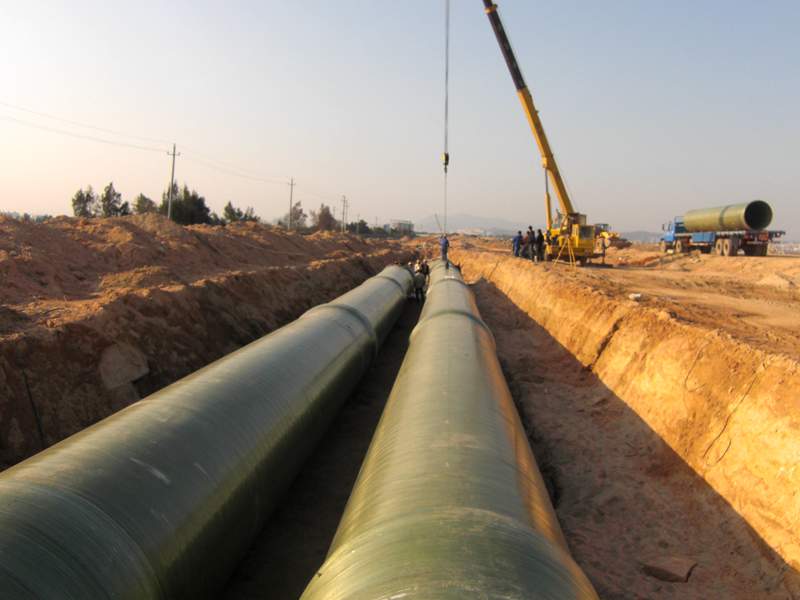
-
 Afrikaans
Afrikaans -
 Albanian
Albanian -
 Amharic
Amharic -
 Arabic
Arabic -
 Armenian
Armenian -
 Azerbaijani
Azerbaijani -
 Basque
Basque -
 Belarusian
Belarusian -
 Bengali
Bengali -
 Bosnian
Bosnian -
 Bulgarian
Bulgarian -
 Catalan
Catalan -
 Cebuano
Cebuano -
 China
China -
 China (Taiwan)
China (Taiwan) -
 Corsican
Corsican -
 Croatian
Croatian -
 Czech
Czech -
 Danish
Danish -
 Dutch
Dutch -
 English
English -
 Esperanto
Esperanto -
 Estonian
Estonian -
 Finnish
Finnish -
 French
French -
 Frisian
Frisian -
 Galician
Galician -
 Georgian
Georgian -
 German
German -
 Greek
Greek -
 Gujarati
Gujarati -
 Haitian Creole
Haitian Creole -
 hausa
hausa -
 hawaiian
hawaiian -
 Hebrew
Hebrew -
 Hindi
Hindi -
 Miao
Miao -
 Hungarian
Hungarian -
 Icelandic
Icelandic -
 igbo
igbo -
 Indonesian
Indonesian -
 irish
irish -
 Italian
Italian -
 Japanese
Japanese -
 Javanese
Javanese -
 Kannada
Kannada -
 kazakh
kazakh -
 Khmer
Khmer -
 Rwandese
Rwandese -
 Korean
Korean -
 Kurdish
Kurdish -
 Kyrgyz
Kyrgyz -
 Lao
Lao -
 Latin
Latin -
 Latvian
Latvian -
 Lithuanian
Lithuanian -
 Luxembourgish
Luxembourgish -
 Macedonian
Macedonian -
 Malgashi
Malgashi -
 Malay
Malay -
 Malayalam
Malayalam -
 Maltese
Maltese -
 Maori
Maori -
 Marathi
Marathi -
 Mongolian
Mongolian -
 Myanmar
Myanmar -
 Nepali
Nepali -
 Norwegian
Norwegian -
 Norwegian
Norwegian -
 Occitan
Occitan -
 Pashto
Pashto -
 Persian
Persian -
 Polish
Polish -
 Portuguese
Portuguese -
 Punjabi
Punjabi -
 Romanian
Romanian -
 Russian
Russian -
 Samoan
Samoan -
 Scottish Gaelic
Scottish Gaelic -
 Serbian
Serbian -
 Sesotho
Sesotho -
 Shona
Shona -
 Sindhi
Sindhi -
 Sinhala
Sinhala -
 Slovak
Slovak -
 Slovenian
Slovenian -
 Somali
Somali -
 Spanish
Spanish -
 Sundanese
Sundanese -
 Swahili
Swahili -
 Swedish
Swedish -
 Tagalog
Tagalog -
 Tajik
Tajik -
 Tamil
Tamil -
 Tatar
Tatar -
 Telugu
Telugu -
 Thai
Thai -
 Turkish
Turkish -
 Turkmen
Turkmen -
 Ukrainian
Ukrainian -
 Urdu
Urdu -
 Uighur
Uighur -
 Uzbek
Uzbek -
 Vietnamese
Vietnamese -
 Welsh
Welsh -
 Bantu
Bantu -
 Yiddish
Yiddish -
 Yoruba
Yoruba -
 Zulu
Zulu
high pressure fiberglass pipe
High Pressure Fiberglass Pipe An Overview
High pressure fiberglass pipes have emerged as a reliable solution across various industries, particularly in applications involving the transportation of fluids. These pipes are characterized by their strength, durability, and resistance to corrosion, making them ideal for handling both aggressive and high-pressure environments.
Fiberglass pipes, made primarily from reinforced polymer composites, consist of glass fibers embedded in a resin matrix. This combination not only provides superior tensile strength but also allows the pipes to be lightweight compared to traditional materials such as steel or concrete. The lightweight nature of fiberglass is a significant advantage in handling and installation, especially in remote areas or challenging terrains where heavy machinery may not be available.
One of the most notable features of high pressure fiberglass pipes is their impressive resistance to chemical attacks. Unlike metal pipes that can corrode over time, fiberglass pipes maintain their integrity when exposed to various chemicals, including acids, alkalis, and salts. This property significantly reduces maintenance costs and extends the lifespan of the piping system, making it a cost-effective solution in the long run.
Applications of high pressure fiberglass pipes are vast and varied. In the oil and gas industry, these pipes are often used for transporting crude oil and natural gas under high pressure, promoting safer and more efficient operations. Similarly, in the water management sector, fiberglass pipes are employed for both potable water distribution and sewage systems. Their resistance to biofouling makes them an excellent choice for municipal water treatment facilities and industrial waste management.
high pressure fiberglass pipe

Another significant advantage of high pressure fiberglass pipes is their ability to withstand extreme temperatures. They can operate efficiently in a wide range of temperatures, making them suitable for high-temperature applications such as geothermal energy systems. This versatility ensures that industries can rely on fiberglass pipes across diverse conditions without compromising performance.
Installation of high pressure fiberglass pipes is relatively straightforward, thanks to their lightweight and modular design. The pipes can be easily cut, shaped, and connected, facilitating quicker assembly and reducing labor costs. Moreover, the flexibility of fiberglass allows for various joint designs, including mechanical, adhesive, and welded connections, catering to specific project requirements.
In terms of environmental impact, high pressure fiberglass pipes are a sustainable option. The production of fiberglass materials involves lower energy consumption compared to metals, and the pipes themselves are recyclable, aligning with the growing trend towards environmentally-friendly construction materials. This eco-friendliness is particularly appealing in industries aiming to reduce their carbon footprint.
In conclusion, high pressure fiberglass pipes represent a significant advancement in piping technology. Their lightweight, corrosion-resistant nature, combined with their versatility across a range of applications, positions them as a preferred choice for industries that demand durability and performance under pressure. As more sectors recognize their benefits, the usage of fiberglass pipes is likely to continue expanding, contributing to safer and more efficient infrastructure solutions.









